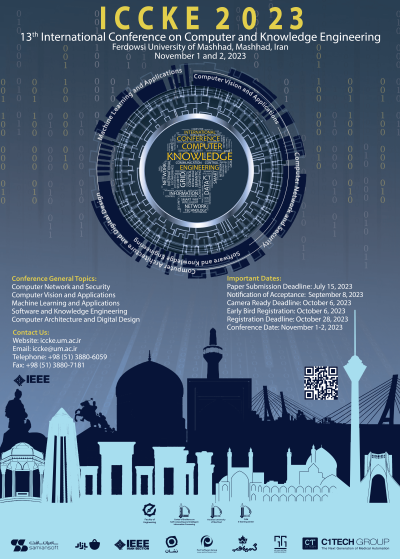0% Complete

Authors :
Keywords :
Abstract :
List of archived papers
Javad Dogani - Farshad Khunjush
Sanaz Tarhib - Jafar Tanha - Soodabeh Imanzadeh - Sahar Hassanzadeh Mostafaei
Zahra Ebrahimian - Seyed Ali Mirsharji - Ramin Toosi - Mohammad Ali Akhaee
Mahshid Saberi - Nasour Bagheri - Sadegh Sadeghi
Sobhan Siamak - Eghbal Mansoori
Maliheh Araghchi - Nazbanoo Farzaneh
Javad Peymanfard - Ali Lashini - Samin Heydarian - Hossein Zeinali - Nasser Mozayani
Seyyed Reza Taher Harikandeh - Sadegh Aliakbary - Soroush Taheri
Mahsa Keshtkar - Hooman Tahayori
Zeinab Rabbani - Zeinab Movahedi




